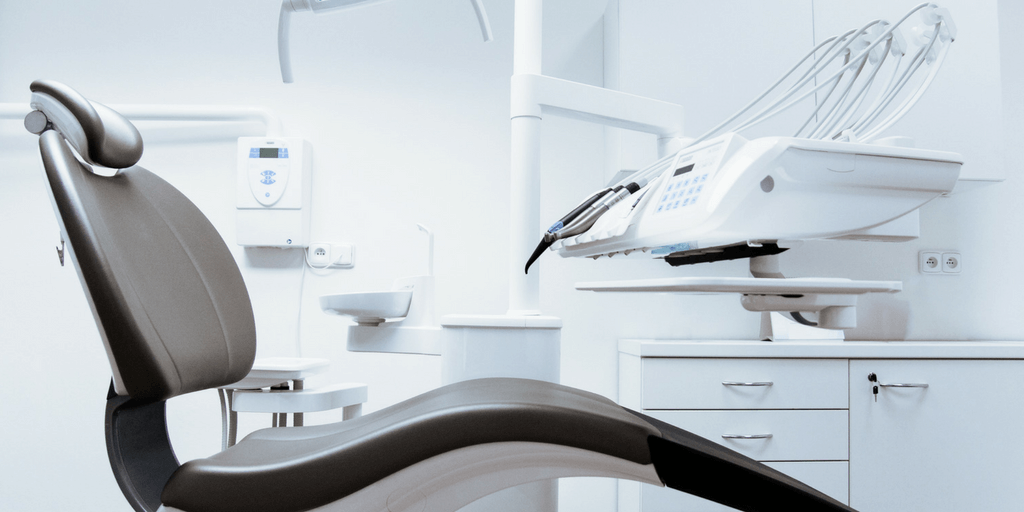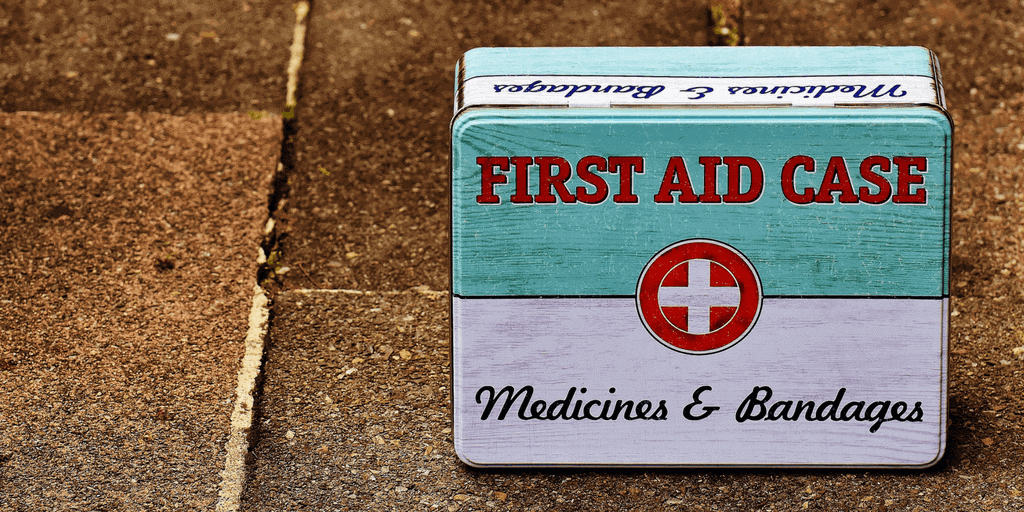Is there a particular time of the day when the wait time at your hospital is really low?
It’s no secret that in retail, certain times see higher footfall — or, in the context of hospitals, higher patient flow.
So when can we expect high patient flow? Logically, shorter hospital queues happen at times when most people are at work. The fewer people, the shorter the lines, right?
This logic may be sound, but this still doesn’t give us any meaningful information.
An Introduction to Hospital Queue Management
The healthcare industry goes hand in hand with technological development. What was impossible just 20-30 years ago is now commonplace.
More and more hospitals are using EHRs to monitor and track patient histories. Diagnostic methods have improved because of the superior technology available.
But when it comes to the administrative and logistical aspects of running a hospital, healthcare businesses are strangely low-tech.
Let’s take a look at some of the systems that have overstayed their welcome.
Sign-In Sheets and the Use of Numbered Tokens
Not taking into account the burden of attending to hundreds of patients everyday, hospitals have to deal with an enormous amount of paperwork.
One tool that should, technically, help with it may do more harm than good.
Sign-in sheets are holding hospitals back in a number of ways:
They require manual handling.
They miss valuable data.
They pose a threat to patient privacy.
In spite of all this, sign-in sheets are still widely used in hospitals, believed to be the natural way to manage patient registrations.
The same logical fallacy applies to the next item in your list.
Appointments: An Outdated Hospital Queuing Method
There are some things worth repeating. For us, it’s the inefficiency of appointments in hospital queue management.
Again, in theory, this method of patient management seems fine. It’s supposed to smoothen the daily hospital operations and save everyone time.
But, same as sign-in sheets, appointments end up contributing to longer queues at hospitals.
There are three major reasons why appointments are a time-waster:
Late arrivals of patients pushes other people back.
No fixed session length per patient makes it impossible to gauge how much time is left until your turn.
All of these factors can completely derail a day in the life of a hospital.
Perceived Wait Time

Perceived wait time is a concept that all of us have undoubtedly encountered. We join a long queue, bored out of our mind, wait for what feels like a couple of hours only to find out that a mere half an hour has passed.
Why does this happen? Let’s take it from Albert Einstein, the father of relativity:
“Put your hand on a hot stove for a minute, and it seems like an hour. Sit with a pretty girl for an hour, and it seems like a minute. That’s relativity.”
Einstein’s humorous tackle on perceived wait time actually has a scientific basis.
A 2009 study on the perception of time suggests that our emotional state influences the way we experience the passage of time. In short, negative emotions make us feel as if though time goes slower.
By using inefficient systems like sign-in sheets and appointments, we are actually increasing the average patient’s perceived wait time. The result of this is that any time becomes a bad time to visit a hospital.
Is there an alternative? What system focuses on improving the walk-in experience and addresses the perceived wait time phenomenon?
The answer is quite simple.
Real-time Queue Management
Hospital queue management is an elaborate process.
The queues in hospitals are usually not homogenous. Patients might need to be categorized based on their treatment preferences, allergies, and other details in their medical history.
Any manual system that attempts to make sense of all this information in real time is bound to fail. Your administrative staff is burdened with sorting tens of patients into organized queues, while processing every important detail.
A 2013 study by the Journal of the American Medical Association found that 4 out of every 10 doctors say they are overworked. In other words, the inefficiency of manual queuing system exposes patients to direct risk.
Instead, your staff should be free to greet incoming visitors the right way and focus on improving customer experience.
With a queue management system, managing walk-ins becomes an automated process. Sign-in sheets are replaced with self-registration kiosks, minimizing the hassle that your staff needs to go through.
This alone contributes to the patient feeling more self-reliant and in control, while you’re free to collect valuable data. The latter is especially useful when we’re talking about the best times to visit a hospital.
Real-time hospital queue management is obviously important. But it's the data that hospitals gather using queue management systems that prove most invaluable.
The Role of Historical Data in Hospital Queue Management

The shortcoming of using manual queue management system is that everything is reduced to a guessing game. If you had a rush on any given day, you have no way of knowing whether the next day will be the same or not.
Seeing the patterns over just a couple of weeks is not nearly enough data for finding long-term trends.
The most important advantage to using a queue management system for hospitals is its ability to forecast. A system like Qminder gives you access to historical data of your hospital in just a few clicks.
By knowing when your hospital experiences heightened patient flow, you can better prepare for it.
Having all the necessary data about peak hours is a sure way to prevent any incidents.
You can choose to hire additional temporary staff on days you know you can expect more patients. Alternatively, you can warn patients beforehand that they should expect unusually long queues.
"Knowledge is power" may sound like a cliche, but in the context of healthcare, it carries deep meaning. By implementing a queue management system at your hospital, you're building a safer, friendlier environment.
Turn Any Time Into an Optimal Time to Visit a Hospital

Instead of trying to find a workaround for a broken system, the system itself should be revamped.
Some days will inevitably be more busy than others. However, long wait times and poor customer experience are a byproduct of hospital mismanagement.
As every doctor knows, you don’t cure the symptoms, you address the causes.
The treatment for poor hospital management consists of three crucial steps:
Automating patient flow using a queue management system.
Investing in a warm and friendly wait area.
Getting rid of inefficient practices like appointments and sign-in sheets.
Stick to this regimen, and your hospital environment will keep improving by leaps and bounds.
Instead of keeping your patients guessing the best time to visit your hospital, make every hospital visit pleasant and fulfilling.
Get a free 14-day trial of Qminder to make your patient's dream hospital experience a reality.






